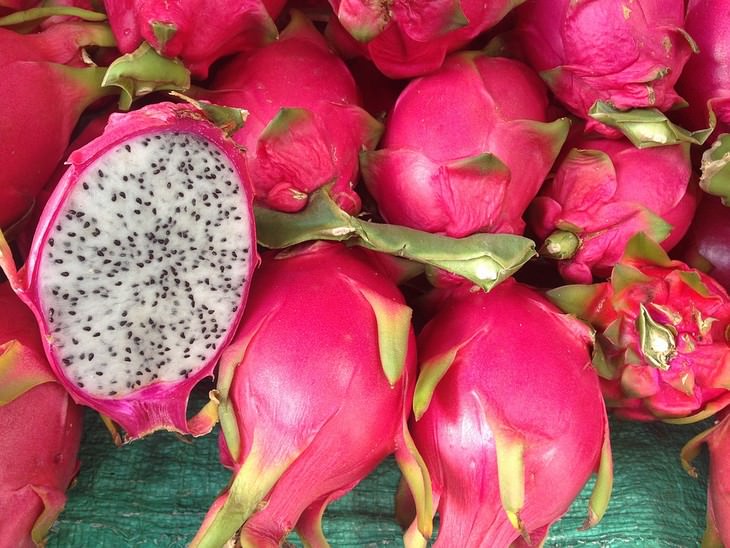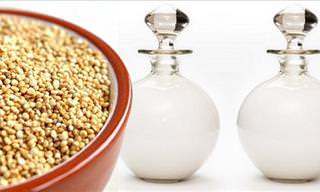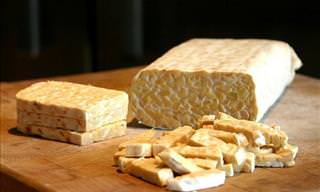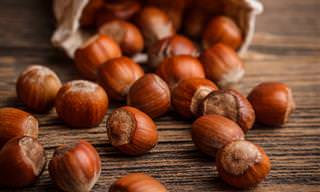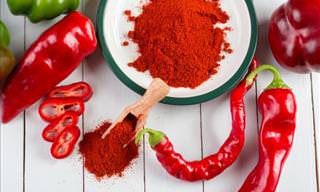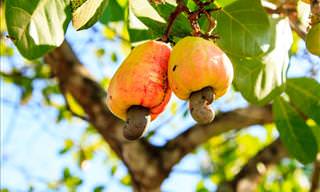There was once a dragon who lived in the mountains in Central America, who was said to have protected his home with great zeal. One day, a simple merchant came to the dragon's quarters, and when the terrifying creature saw him, he blew a hot fire that nearly consumed all the merchant's tools. After the fire went out, the merchant noticed that the scorched earth had bright purple-red fruit that could be picked up.
The merchant collected all the fruit he could find, and when he reached his house he decided to open them and eat their sweet contents. The next morning the merchant woke up and discovered that he had received the strong powers of the dragon because of the fruit he had eaten, and he decided to call it "dragon fruit". This is the legend of how this special fruit was born, namely, the pitaya. Of course, pitaya does not have the ability to give us dragon-like powers and abilities, but it has great health benefits that can keep your body healthy for years!
Some Information About the Pitaya
The pitaya is an exotic fruit with a sweet and delicate taste (depending on the variety), which is also known as "dragon fruit". The fruit grows as part of two plants belonging to the family of cacti originating in South and Central America. The fruit’s peel is red, pink, purple or yellow, and it grows leaves that resemble those of the artichoke. The content of the juicy fruit is usually white or purple and has tons of small, black seeds. Every 100 grams of fruit has 87 grams of water, 1.1 grams of protein, 3 grams of fiber, 0.16 mg of vitamin B2, 20.5 mg of essential vitamin C, 8.5 mg of calcium, 1.9 mg of iron and 22.5 mg of phosphorous. The pitaya is now distributed around the world and can be consumed as a drink, in baked goods, in cooking and even in alcoholic beverages.
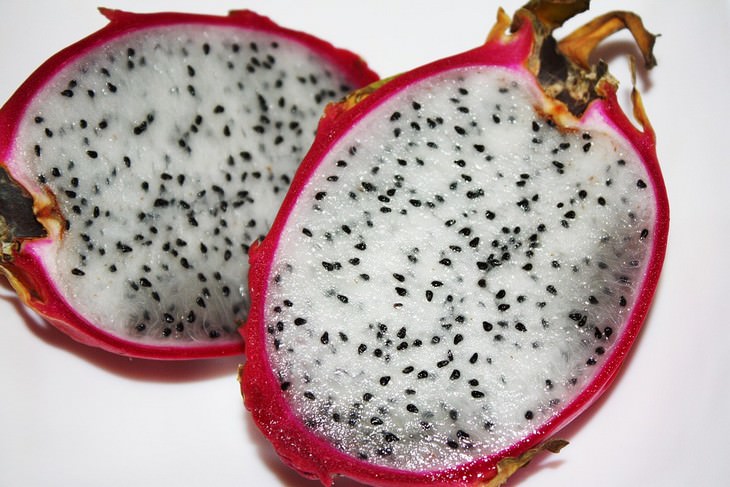
The Health Benefits of Dragon Fruit
1. Helps maintain bone density and health
After a certain age, our bones begin to lose their strength and density - a process that occurs mainly in women. To prevent arthritis and help you maintain healthy bones, you should eat the pitaya. This fruit is a good source of calcium and magnesium, two components that help maintain bone strength. According to a study at Tufts University in Massachusetts, a diet rich in calcium-rich fruits and vegetables increases bone density. In addition, according to studies conducted at the University of Arches, Turkey, it is found that the magnesium in the pitaya keeps bones healthy and strong.
2. Helps maintain the digestive system
Pitaya is rich in fiber, which helps bowel movements, releases digestive juices and allows for smooth passage of food in the digestive system. By regulating bowel function with fiber, the pitaya helps prevent constipation, irritable bowel syndrome and even colorectal cancer. In addition, according to studies conducted in Thailand, it was found that the pitaya encourages healthy intestinal flora (bacteria in the digestive system responsible for creating a highly acidic environment in the intestine that can prevent infection by disease-causing bacteria), which are important for smooth digestion.
3. Helps keep skin healthy and radiant
The vitamins and minerals found in the pitaya fruit, along with its high water content, help keep skin healthy and radiant. Vitamin C, known as an antioxidant and found in the fruit of the pitaya, helps keep our skin healthy and moist from the inside by suppressing free radicals and preventing their harmful effects on our bodies. In addition, this vitamin also helps in the treatment of sunburn, acne and dry skin, so pitaya is a good source of prevention and treatment of various skin problems.
4. Prevents the development of cancer cells
Along with the presence of vitamin C, which helps to improve the immune system's function, pitaya is rich in other antioxidants such as carotene and lycopene. These antioxidants help reduce the risk of prostate cancer while preventing the development of other cancer cells and even reducing the number of tumors that already exist. A study in Malaysia shows that consumption of fruit and vegetables rich in lycopene, along with physical activity, helps to significantly reduce the risk of prostate cancer.
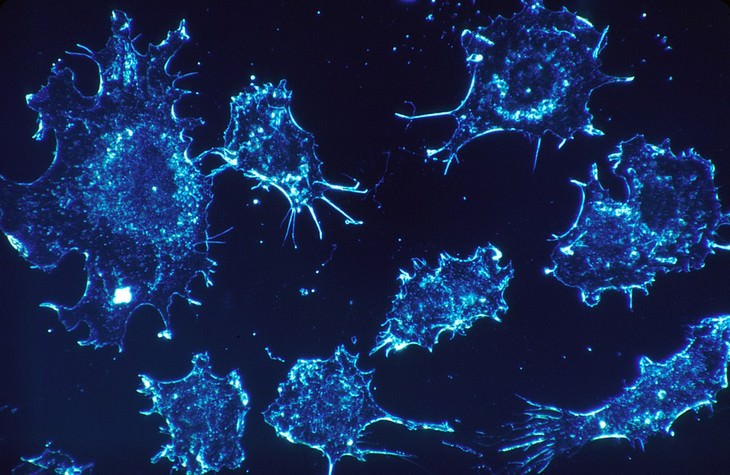
5. Rich in fiber
Dietary fiber is actually an indigestible carbohydrate and has a long list of health benefits. The recommended daily intake of fiber is 25 grams per day for women and 35 grams per day for men. The pitaya has 3 grams of fiber per 100 grams of fruit, and although the fibers are best known as protectors of the digestive system, various studies prove that they are also effective against type 2 diabetes, protection from heart disease and maintaining a healthy body weight.
6. Helps prevent diabetes
As noted, the pitaya fruit is rich in fiber, which also helps stabilize blood sugar levels. The study, conducted at the University of Science in Malaysia, also found that pitaya has a significant effect on the oxidative stress caused by arterial stiffness in diabetic mice. In addition, consumption of pitaya is associated with a decrease in blood sugar levels, and according to a study conducted at universities in Thailand, it was found that the early stages of diabetes developed in people who did not eat pitaya. This suggests that regular daily consumption of this exotic fruit can be beneficial in preventing and even helping to treat diabetes.

7. Protects the heart
Pitaya can help improve our heart health by helping to lower bad cholesterol (LDL) while creating good cholesterol (HDL) cholesterol. This is caused due to the plant-based fat found in the pitaya, and according to a study conducted at the University of Science in Malaysia, its consumption may reduce the risk of developing heart disease and reduce high blood pressure. The fat in pitaya also helps reduce the risk of atherosclerosis, heart attacks, and strokes.
8. Maintains the immune system
As noted above, pitaya is rich in vitamin C, which, while being an antioxidant, also protects our immune system. In addition, the presence of vitamins B1, B2, B3, calcium, phosphorus, iron, protein and fiber also contribute to improving the function of the immune system. Vitamin C and carotenoids in pitaya strengthen the immune system and prevent infection by protecting our white blood cells, according to studies conducted at Washington State University and the University of Otago, New Zealand. White blood cells in our immune system attack and destroy harmful substances, and powerful antioxidants like vitamin C and carotenoids can neutralize free radicals and protect our white blood cells from damage.

9. Increases iron levels in the body
The pitaya is one of the few fresh fruits containing iron. Iron plays an important role in transporting oxygen throughout the body while helping to break down food into energy. Unfortunately, many people do not consume enough iron, and according to studies conducted on the subject, 30% of the world's population suffers from an iron deficiency. To combat this phenomenon, we must consume a wide range of foods rich in iron such as meat, fish, legumes, nuts, cereals and, of course, the pitaya.
How to Eat Pitaya
The fruit should be eaten when it is completely ripe. If it is green in color it means it is still unripe. Look for one that is bright red and like avocado, this fruit should be soft but not too soft. To eat it you must take a sharp knife and cut it lengthwise into two halves. Now, with a spoon, remove the fruit, or cut it into cubes by cutting vertical and horizontal lines without penetrating its shell. Now push the peel inwards and expose the edible cubes. You can add the fruit to salads and drinks, or eat it as is.
Click here for more fruits and their health benefits
 Go to BabaMail
Go to BabaMail


